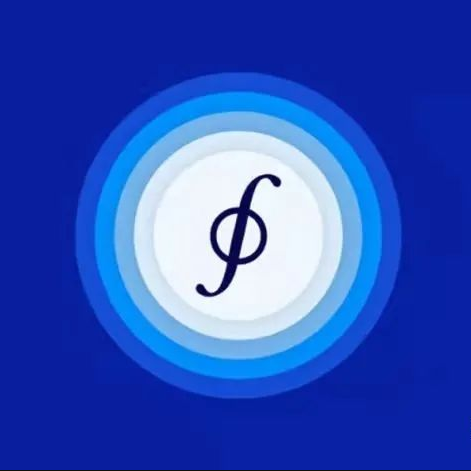In the past decade, there have been significant advances in artificial intelligence and machine learning and resultantly AI and ML have emerged as an increasingly important branch of computer science. Despite this, much of the innovation has been taking place behind closed doors in proprietary environments led by Web 2.0 tech giants such as Google or Facebook as well as startups like OpenAI. Little has been done to foster the AI ecosystem for the general public. All of this changes now.
No doubt their contributions hold certain importance but truly significant and impactful development of AI applications and tools can only be done by using a decentralized, open-source approach. Openfabric (opens new window)is a platform for building and connecting apps in an ecosystem where everyone has quick, easy, low-cost, and hassle-free access to powerful AIs. It leverages Web3 infrastructure to address the most challenging problems faced by AI platforms. Some of the major advantages of the platform include:
- Lowering the infrastructure demand and technical know-how required to utilize AI. This helps facilitate new market opportunities.
- Simulating fair market competition as an essential factor to creating large, vibrant, and collaborative communities.
- Leveraging blockchain technologies to ensure execution scalability and eliminate vendor lockup.
#Main Components of the Platform
The Openfabric platform is uniquely designed to offer the best in class services and yet the learning curve is ideally set to allow for a minimum barrier to entry. The platform architecture is designed in such a way that it can be easily accessed by the users without any extra hassle.
- Openfabric dApp store: A marketplace providing the end-user with access to platform functionalities through innovative dApps that run on the platform.
- Openfabric toolkit: A collection of IDE extensions, CLI tools, libraries, frameworks, and development tools used by AI innovators. The toolkit comes with proper, easy-to-read documentation that enables innovators to get going in no time.
- Openfabric SDK: A development kit that provides programmatic access to the platform’s key functionalities. The Openfabric SDK is built on cutting-edge technologies that bring powerful tools to your disposal.
- Openfabric daemon: A representation of the client maintaining the connection to the network.
#Decentralized Storage in an AI Ecosystem
Openfabric started off in 2019 as a research project. The idea behind it was that the exponential value in the field’s next generation of technological advancements needed to take advantage of blockchain, advanced cryptography, and novel infrastructure.
To this end, the project focused on developing a decentralized operating system (DOS) that resembled the logical structure of a traditional OS, including an application layer, a kernel layer, and a resource layer. The DOS is in charge of supervising the services, resources, and processes that happen on Openfabric’s peer-to-peer network.
IPFS is a core component of the DOS developed by Openfabric, specifically on the resource layer. As a decentralized storage solution, it is the tool of choice for replicating AI binaries, ontologies, and data models that need to be stored for users looking to benefit from AI applications.
#A Synergy Like No Other
Openfabric is pioneering the use of open-source AI solutions that aim to build an economy of innovation. The platform makes use of distributed ledger technology that ensures undeniable contracts and unforgettable history between the platform’s stakeholders. It also serves as the underlying layer for access control and identification mechanisms.
Coupling AI and ML tools and technologies with the latest Web3 infrastructure has enabled Openfabric to produce something truly amazing. The resulting platform is not only secure and scalable but also promotes a healthy smart economy allowing it to create a built-in robust exchange medium that facilitates fair transactions between supply-and-demand of AI services.
#What’s Next
While Web3 may still be in its infant stages, it is poised to bring a revolution to the digital world. This new iteration of the internet comes with much potential for change and good. Some of the problems that we face in today’s day and age will be solved using innovative solutions that will only be possible through these truly transformative technologies.
The Openfrabic platform is currently in private testnet and is preparing to launch its first public version by Q3 2022. Early innovators are already being onboarded and receiving educational material (opens new window)on how to use Openfabric.
You can learn more about the project ahead of launch on Twitter (opens new window), Telegram (opens new window), or by visiting the official website (opens new window)and Linktree (opens new window).
